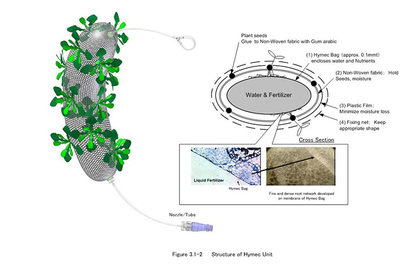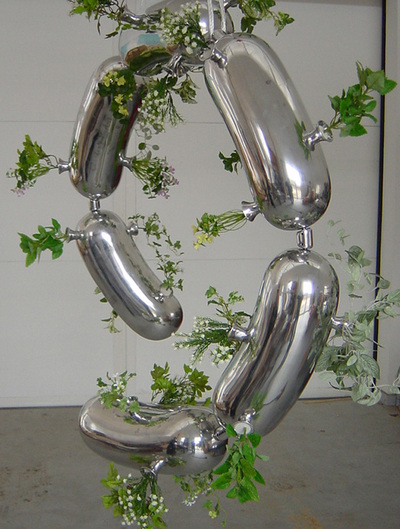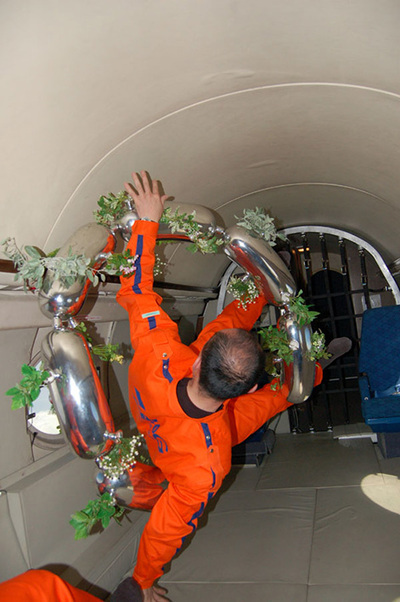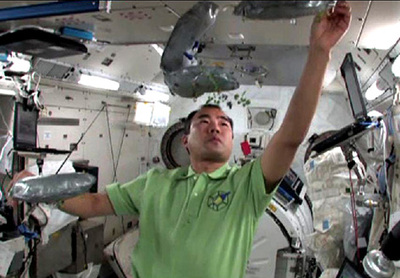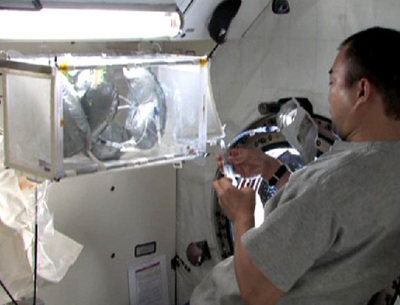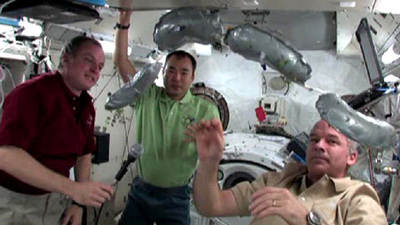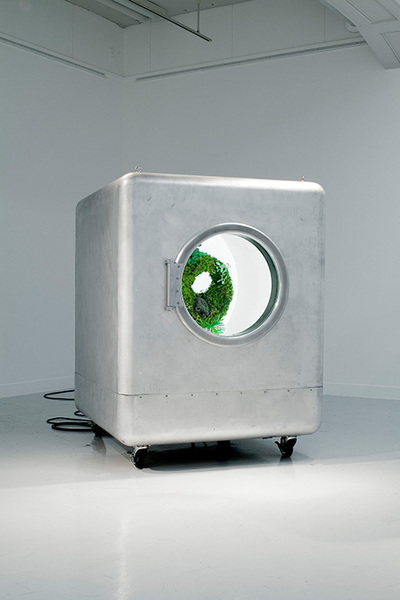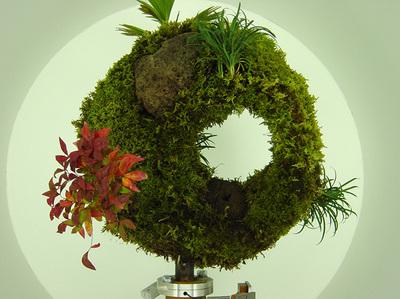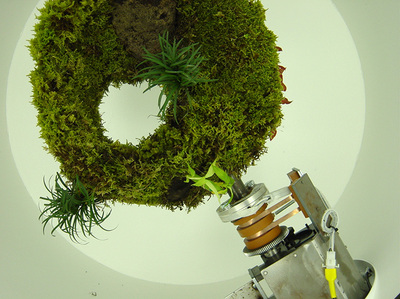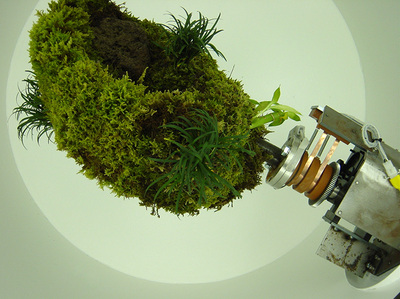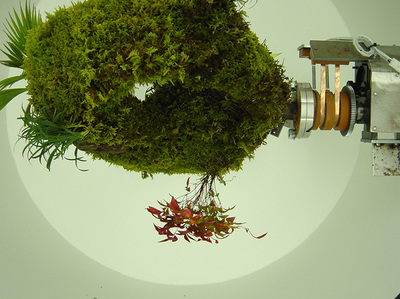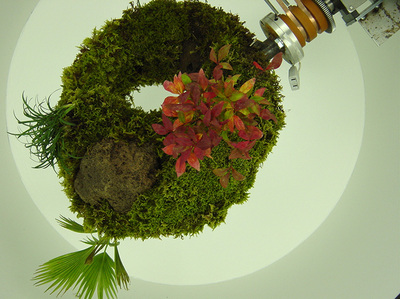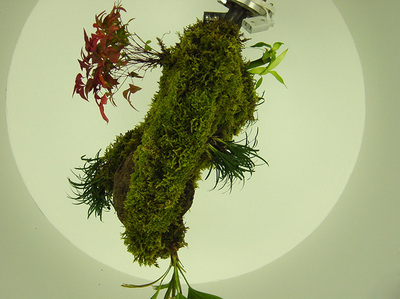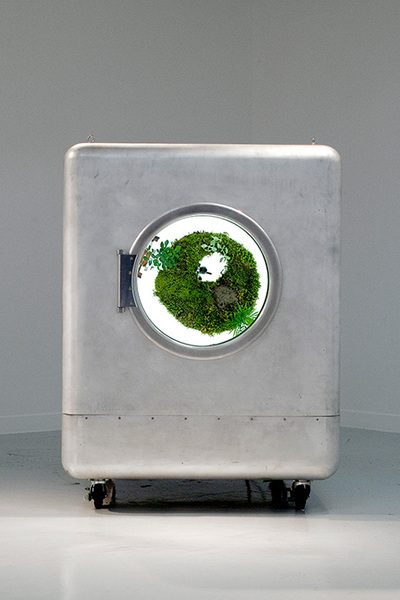Dewey's Forest
International Space Station and
Maison Européenne de la Photographie, Paris, 2009
Maison Européenne de la Photographie, Paris, 2009
|
Dewey’s Forest, named after the movie Silent Running, is an experimental project to create a zero-gravity garden on board the International Space Station (ISS). The project, which concerns the possibilities for a humanities-related use of outer space, is based on the concept of "Robinson Crusoe's Garden," made during the 2001 joint-research project between Kyoto City University of Art, where Shiro Matsui works, and JAXA (Japan Aerospace Exploration Agency).
The basic experiment involved growing plants in 4 specially designed plant units, then following their development over a period 2 months. The final complete version of the garden was created by combining the plant units in the Japanese Experiment Module of the ISS (JEM), also known as Kibo, Japanese for hope. The launch took place in September 2009. The purpose of creating a zero-gravity garden is to encourage us to reexamine the cultural products we create on earth. Since ancient times, various ethnic groups around the world have created a multitude of different garden types. When viewed from outer space, however, we see that all gardens and culture are based on common natural standards (even if we never realize this consciously on earth), and that all of them share the same earthly characteristics of being laid out in a horizontal expanse in accordance with the topography of the land on which they are created.
|
For more information visit:
|
Japanese Aerospace Exploration Agency homepage here:
|
|
NASA's International Space Station homepage here:
|
|
© Shiro Matsui All rights reserved
|
